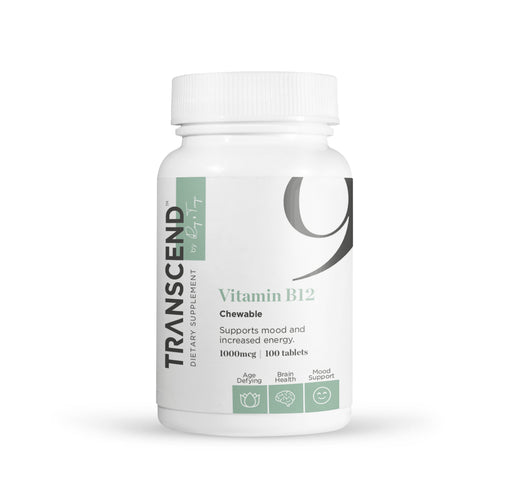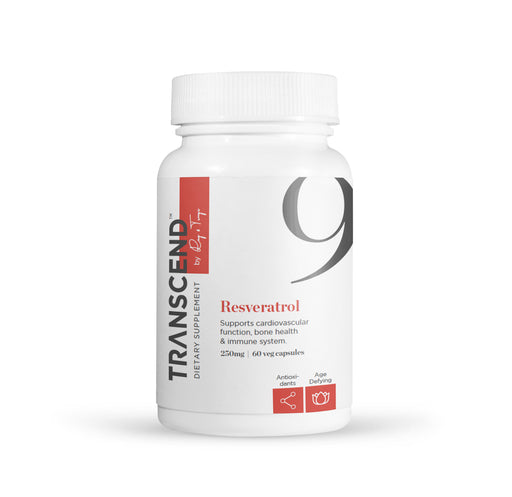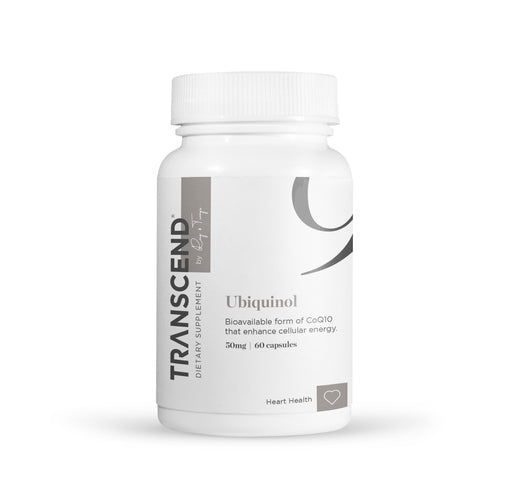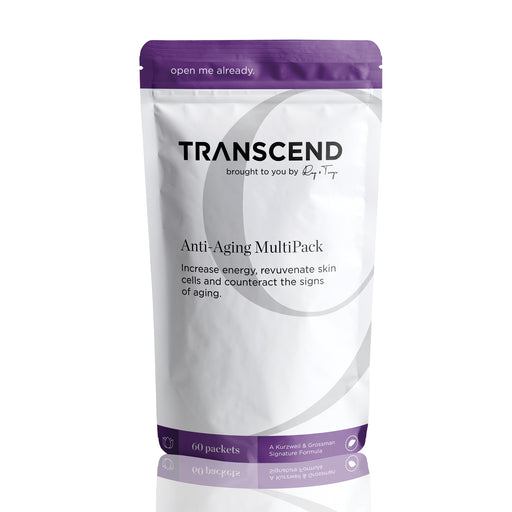
Vitamin B-12, Sublingual
Increased energy Improve mood Fight fatigue Common deficiency Better absorption Vitamin B12 (also called cobalamin) is one of eight water-solu...
View full details
Intermittent fasting is at its peak in popularity right now, ranking #1 for diet-related Google searches in 2019. But unlike the short-lived diet trends of the past, healthy approaches to fasting are here to stay.
Intermittent fasting is more than just a diet — it's an approach to caloric restriction (CR). CR means reducing your average daily caloric intake below what's typical or habitual without depriving yourself of essential nutrients. It's been proven to be a powerful means of extending life span in animals, with early studies suggesting that it may produce the same benefits for humans.
Along with the potential long-term benefits of intermittent fasting, there are plenty of short-term advantages for those who can stick to healthy fasting routines. Healthy fasting can lead to improved metabolism, blood pressure, cholesterol levels, and brain function, to name a few. While traditional forms of fasting can prove challenging, intermittent fasting can be much easier to incorporate into your weekly routine.
So far, there's no universal correct approach to caloric restriction. If you're considering intermittent fasting, you can base your chosen method on what works best for you and your schedule.
(Remember, if you plan on making substantial changes to your diet, we recommend consulting with a physician first.)
Here are three approaches to intermittent fasting you can consider:
1. Time-Restricted Feeding
Time-restricted feeding, sometimes called daily intermittent fasting, is one of the more popular and accessible methods.
In this approach, fasters restrict eating to specific times each day. With fast periods including the time spent sleeping, most restrict eating to a roughly 8 to 10-hour window (i.e., 10 a.m. to 6 p.m.). With 8 hours of sleep, that means just cutting out food for around 2 to 4 hours before and after sleeping.
2. Alternate-Day Fasting
When you follow Alternate-Day Fasting (ADF), you alternate between periods of regular eating and “modified” fasting — the most common form of ADF requires 36-hour periods without caloric intake, followed by 12-hour intervals of regular eating. Modified fasting usually means following a far more restrictive calorie consumption compared to your standard diet, often dropping your intake by roughly 25%.
ADF is considered one of the more extreme forms of intermittent fasting. Still, research has shown that those who followed an ADF plan for six months had lower levels of LDL cholesterol and triglycerides (a type of fat that can increase your risk of heart disease) when compared to a control group.
3. 5:2 Diet
The 5:2 diet involves following your usual diet five days a week while restricting your calorie intake to 500-600 for the two other days. Not as popular as the other approaches, the 5:2 plan could be a solution for those that find it easier to fast on specific days of the week (though the two fast days can't be consecutive).
Note that with this diet, you do eat a bit on "fast" days. Since the diet is based on calorie intake, you can either consume two to three small meals throughout the day or a single meal at breakfast or dinner.
Caloric Restriction: Not Just About Intermittent Fasting
Alongside fasting, there are a few important dietary and lifestyle practices that are essential to maintaining good health:
Follow the Right Meal Plan
As with any diet, make sure you're not eliminating any essential nutrients — you're just eating smarter and more effectively.
If you’re fasting, this is extremely important to remember. When you do eat, you want to make sure your meals are healthy and well-rounded and that you're not shocking your nutrient-hungry body with sugar or refined carbohydrates.
Need some ideas? Check out our recipes and meal plans designed specifically for longevity and caloric restriction.
Exercise Regularly
Regular exercise is also critical to your increased longevity and overall health. In TRANSCEND: Nine Steps to Living Well Forever, Ray Kurzweil and Dr. Terry Grossman emphasize the importance of physical activity. In fact, their research shows that just three hours of exercise per week can reverse 10 years of aging. The impact of such a minimal time investment (only 3 hours!) could be life-changing.
While intermittent fasting reduces your overall caloric intake, exercise can help strengthen your body and burn calories on non-fast days. For context (or a little motivation): one hour of running burns roughly 606 calories, an hour of swimming uses 423 calories, and an hour of walking uses 314 calories.
Add Resveratrol to Your Supplements
Resveratrol is the active ingredient in red wine that may help explain the so-called French paradox: namely that while the French typically eat a diet quite high in saturated fat, they suffer a relatively low rate of atherosclerotic heart disease.
Resveratrol is one of a group of compounds that affect sirtuins, proteins in the body that help control aging. Current studies have shown that supplementing resveratrol mimics some of the effects of caloric restriction, and has been the only proven method for life extension in animals. While it’s too early to know if supplemental resveratrol will translate into significant life extension in humans, both Ray and Terry take 50 milligrams of resveratrol twice daily.
To Your Longer, Healthier Life
If you're curious about the short and long-term benefits of intermittent fasting, there's no time like the present to get started! As always, though, be sure to talk to your doctor before making any substantial changes to your diet.

Increased energy Improve mood Fight fatigue Common deficiency Better absorption Vitamin B12 (also called cobalamin) is one of eight water-solu...
View full details
Combat internal aging Protect cells from radiation damage Increase antioxidant capacity Take with lecithin for better absorption Optimal dose for...
View full details
2022 update: Future batches of this product will use a Ubiquinol product that is a greenish capsule rather than a red softgel Bioavailable form o...
View full details
A Kurzweil + Grossman Formula Continued Synergy between Science and Convenience Convenient dosage packets Top anti-aging products Increase energy...
View full details